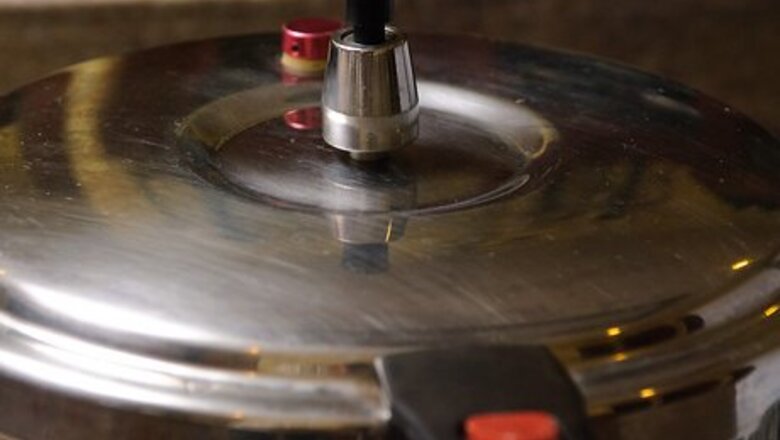
views
Understanding Your Pressure Cooker
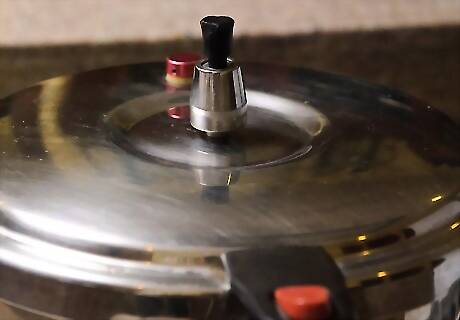
Know what a pressure cooker does. When the pressure cooker is turned on, heat produces steam which cooks food faster by raising the boiling point. There are two types of pressure cookers. The first is the old style pressure cooker which has a “jiggle top” or weighted pressure regulator that sits on top of the vent pipe on the lid. The second type is the newer style that uses spring valves and a closed system.
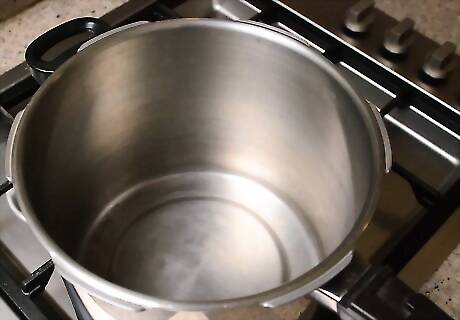
Check to make sure there are no dents or cracks in your pressure cooker before using it. Also check that the pressure cooker is clear of leftover food. Pressure cookers that have cracked can be dangerous as they could release hot steam and burn you.
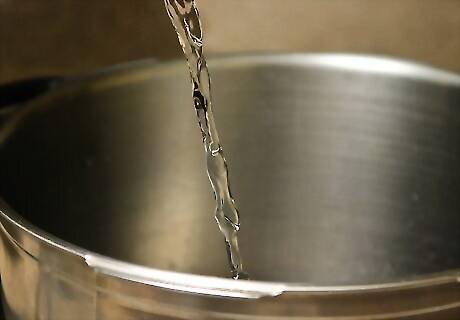
Know how to fill the pressure cooker. There must always be some sort of liquid in your pressure cooker before you cook anything in it. Most recipes call for water to be used. The cooker should never be more than ⅔ full of liquid as there needs to be room for the steam to accumulate. For a jiggle top cooker: There must always be at least one cup of water in a jiggle top pressure cooker. This amount of water is generally sufficient for 20 minutes of cooking. For a valve cooker: The minimum amount of liquid used in a valve cooker is ½ cup.
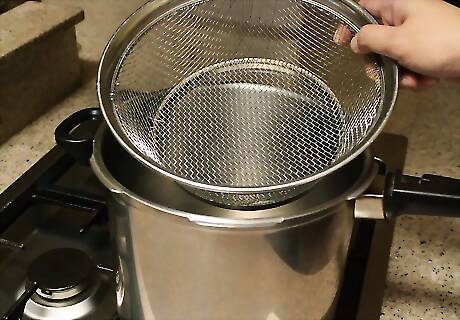
Understand the steamer basket and trivet. Pressure cookers come with a steamer basket that vegetables, seafood, and fruit are generally cooked on in the pressure cooker. The trivet is the basket’s stand. The trivet is placed in the bottom of the pressure cooker and the basket is placed on top of it.
Preparing the Food for Pressure Cooking

Prepare your food for pressure cooking. The box that your pressure cooker came in may have a guide for preparing different kinds of food. Preparing meat and poultry: You can season your meat before putting it in the cooker. Brown the meat first for maximum flavor. You can do this by heating a small amount of oil, such as canola oil, in the pressure cooker on medium high. Do not put the lid on during this process. Put the meat in the cooker and brown it. You can also brown meat in a pan before cooking it in the pressure cooker.Use a Pressure Cooker Step 5Bullet1.jpg Preparing seafood: Wash seafood. Place seafood on a pressure cooker steamer basket on the support trivet with at least 3/4 cup (175 ml) of liquid. Always put some vegetable oil on the steamer basket when you cook fish so that it does not stick to the basket.Use a Pressure Cooker Step 5Bullet2.jpg Preparing dry beans and chickpeas: Soak beans in water for four to six hours. Do not add salt to the water they are soaking in. Drain them and place them in the pressure cooker. Add one to two tablespoons (15 to 30 ml) of vegetable oil to the water you add to the pressure cooker if you are using an old jiggle top cooker.Use a Pressure Cooker Step 5Bullet3.jpg Preparing rices and grains: Soak wheat grain berries and pearl barley in lukewarm water for four hours. Do not soak rice and oats.Use a Pressure Cooker Step 5Bullet4.jpg Preparing vegetables (both fresh and frozen): Defrost frozen vegetables. Wash fresh vegetables. Place veggies in the steamer basket. Most vegetables are cooked with a 1/2 cup (125 ml) of water in the bottom of the pressure cooker when the vegetable only needs to cook for 5 minutes. Use 1 cup (250 ml) of water if the cooking time is 5 to 10 minutes. Use 2 cups (500 ml) of water if the cooking time is 10 to 20 minutes.Use a Pressure Cooker Step 5Bullet5.jpg Preparing fruit: Wash all fruit before using the pressure cooker. Place the fruit in the steamer basket. Use 1/2 cup (125 ml) of water for fresh fruit. Use 1 cup (250 ml) of water for dried fruit.Use a Pressure Cooker Step 5Bullet6.jpg
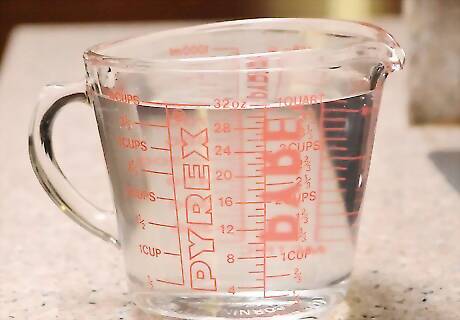
Determine how much water you should put in the cooker. Consult the manual that came with your cooker for a guide of food items and water amounts. You can also find guides online. Each amount of food has a different amount of water needed to go with it.
Using the Pressure Cooker
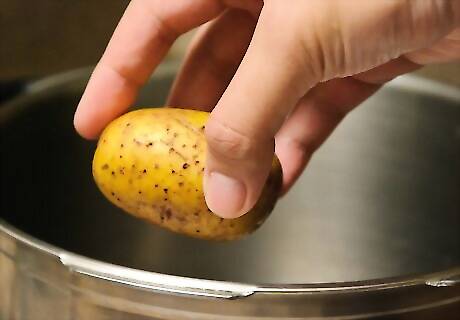
Place the food to be cooked inside the pressure cooker. Add the amount of water needed to properly cook the specific food you are making in the pressure cooker.’

Take off the safety valve or weighted pressure regulator off and close the lid properly. Make sure to lock the lid. Place the cooker on a larger burner on your stove. Set the heat to high. The cooker will start converting the water to steam.
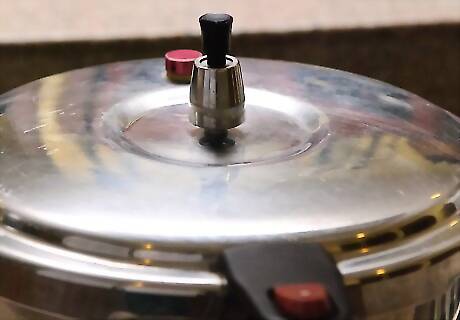
Wait for the pressure cooker to gain pressure. The pressure will begin to rise inside the cooker. When the pressure reaches the designed safety limit, the cooker will begin to simmer the food. In old jiggle top valves, this will be when steam comes out of the vent and the weighted pressure regulator will begin to jiggle (hence the name jiggle top). Place the safety valve on the nozzle when you see steam coming out of the nozzle. In new pressure cookers there are marks on the valve stem that indicate the pressure inside the cooker. The marks will appear as the pressure rises.
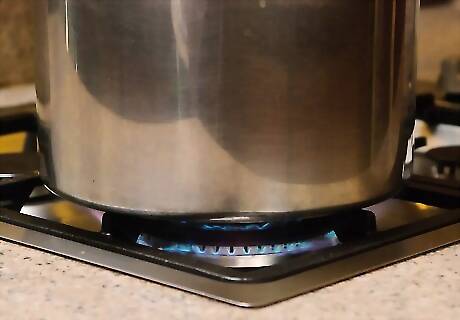
Reduce the heat to a lower level so that the cooker continues to simmer and does not whistle. Begin timing the cooker at this point as per the recipe you are following. The idea is to maintain the pressure throughout cooking time. If the heat supply is not reduced the pressure may continue to rise and the dead weight or safety valve opens (blows a whistle), releasing steam and preventing the pressure from rising any further. The safety valve is provided to prevent possible rupture of the cooker itself. It is not an indicator of cooking time. Follow proper pressure release methods. "I was nervous about how to safely release the pressure after cooking. The instructions on doing a cold water release for older models versus using the quick-release button on newer cookers really helped. Now I know how to lower the pressure correctly based on the type of cooker." - Lizz N. Check for cracks before using an older cooker. "My mom handed down her old jiggle-top cooker, but I wanted to make sure it was safe since it was so old. I inspected it carefully for any cracks per the tips here before using it. Now, I feel confident cooking with this heirloom safely." - Tracy S. Consult a recipe's timing precisely. "I'm new to pressure cooking. Initially, I just cooked things longer when unsure. But this article stressed checking the recipe's time precisely. Overcooking makes food mushy! Now, I stop the heat immediately at the recipe's specified time. My results are perfect." - Nand G. Cook beans perfectly in minutes. "I'd soak beans overnight, only to have them never fully soften. This article explained pressure cooking hydrates beans in minutes without presoaking! Now, I cook tender beans in a fraction of the time. My chili has never been better." - Manya C. Did you know that wikiHow has collected over 365,000 reader stories since it started in 2005? We’d love to hear from you! Share your story here.
Removing Food from the Pressure Cooker
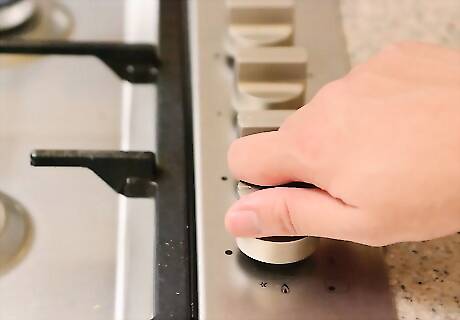
Turn off the heat when your food has cooked for the amount of time given in your recipe. If you cook the food for longer, it is more than likely develop into the consistency of baby food. You do not want this to happen.

Lower the pressure inside the cooker. Do not attempt to lift the lid off of the cooker. Recipes will specify how you should release the pressure. There are three ways to do this. The Natural Release Method: This method is used for long cooking foods like roasts to continue to cook while the pressure reduces on its own. This takes the longest of any of the methods and generally takes 10 to 20 minutes.Use a Pressure Cooker Step 12Bullet1.jpg The Quick Release Method: Most old pressure cookers, and all new pressure cookers, have a quick release button the lid. When this button is released, the pressure is slowly released from within the cooker.Use a Pressure Cooker Step 12Bullet2.jpg The Cold Water Release Method: This is the fastest way to release pressure. Do not use this method if you have an electric pressure cooker. Take the pressure cooker and place it under the sink faucet. Run cold water on the lid until the pressure drops. Do not run the water directly on the pressure regulator or vent. This is the fastest way to release pressure.Use a Pressure Cooker Step 12Bullet3.jpg

Check to make sure that all of the pressure has been released. On jiggle tops, move the pressure regulator. If there is no sound of escaping steam, all of the pressure has been released. On a new model, move the valve stem. If there is no sound of escaping steam, there is no pressure left.
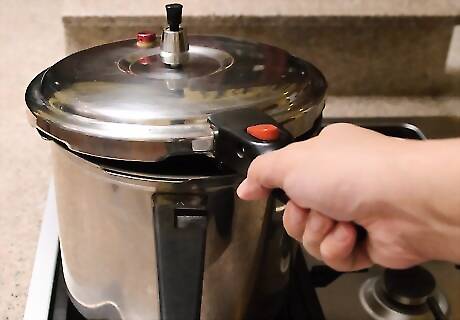
Remove the lid carefully. Take the cooked food out of the pressure cooker.















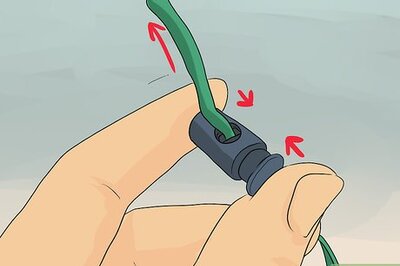



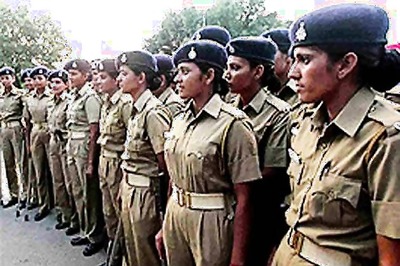
Comments
0 comment